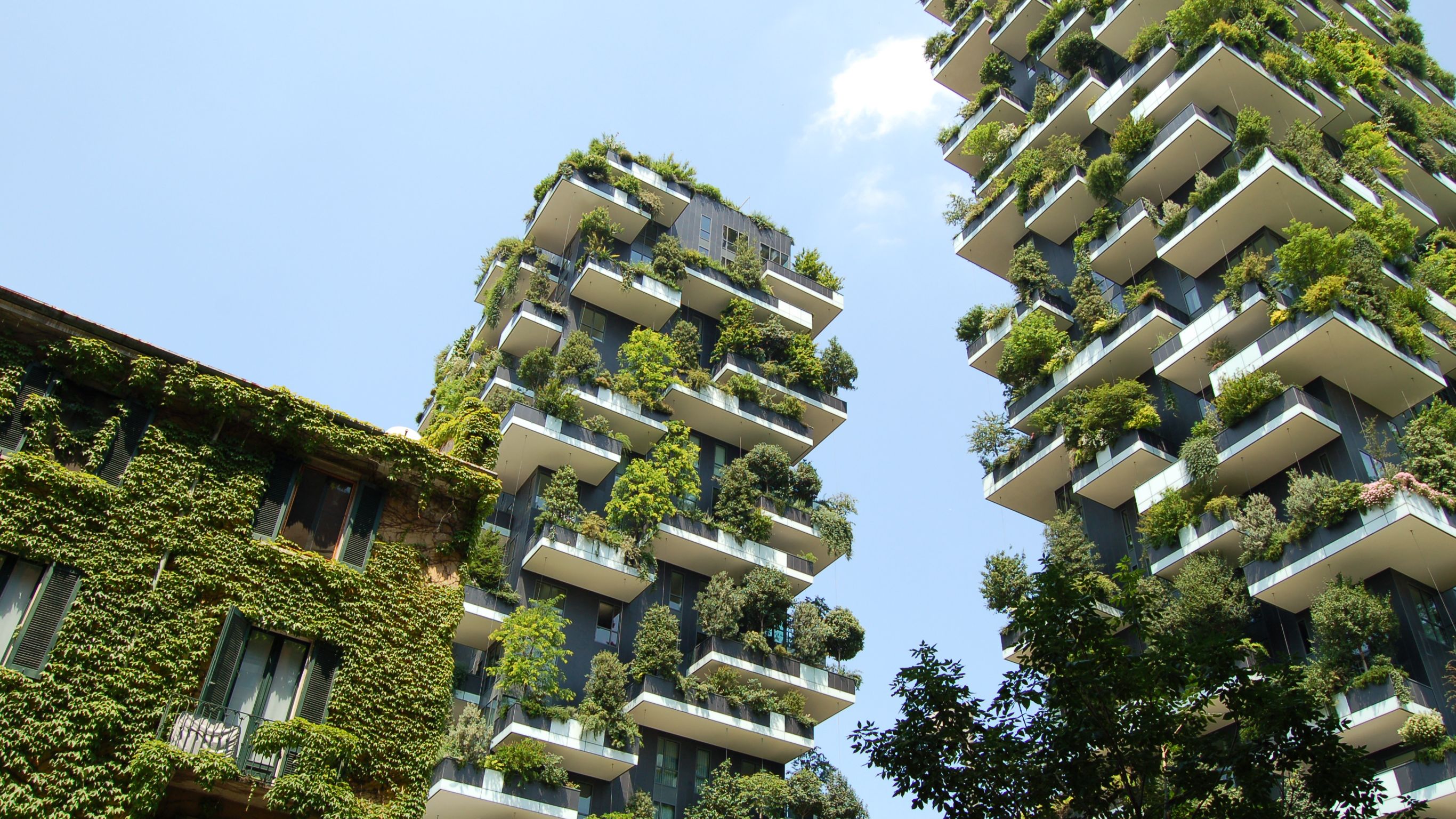
Think bigger
When the construction sector set out on its digital transformation journey around a decade ago, few could see the potential beyond improving the design process and making construction more accurate.
Our focus was around greater predictability in delivering projects through improved processes, technologies and digital skills.
With support from government through its mandate and the fanatical commitment of an emerging professional generation, the construction sector is well on its way to digitization.
We have seen a huge investment in technologies and people in the industry are now digital natives. The processes to allow us to deliver projects more efficiently and accurately are largely now in place. The sector will continue to innovate but it is likely that the investment will deliver diminishing returns as so much progress has been made in such a short period of time. The industry has gone from one which was known for lacking innovation to one which is now attracting a large number of digital investors.
We know how to deliver more predictable outcomes during design and construction and, in the years ahead, much of our time will be spent on education as well as innovation.
When the digital journey for construction was in the now famous switch the ‘why?’ may not have been clearly defined. The ‘why?’ seems to have been to digitize the sector to make outcomes more predictable. However, at the time the sector was so analog that it was clear any move to increased digitization would improve the sector outcomes in many areas.
At the time, Level Three seemed a long way off - so much so, that it was not specifically defined. The progress to the end of the wedge has happened far more quickly than I believe anyone had anticipated.
The term BIM has become a marker for progress in the sector. We can now deliver co-ordinated, data-rich models quickly and efficiently. Many completed buildings across the UK now have excellent 3-D as built information. As this has happened quicker than we anticipated, the sector is a little behind on how we can use this information to improve our buildings in operation. However, it is clear the potential of this information is even bigger than the technology which has been available to improve the design and construction process.
Our ‘Why?’ 10 years ago was relatively modest. However, I think we have clearly surprised ourselves as a sector as to how much progress we have made and how we achieve this by working together.
As well as technological improvements, we’ve also seen cultural improvements where the sector works better together and culture is improving (although, undoubtedly there is still a very long way to go.)
As we have made so much progress, I believe we should set the bar higher, think bigger and make an even bigger impact on society by leveraging all the positive things we have achieved in the past 10 years.
One of the most impactful series I have watched on Netflix recently is ‘Inside Bill’s
Brain,’ a documentary on the life of Bill Gates and the work he’s done since leaving Microsoft.
It is clear that being the richest man in the world does not give you a purpose in life. It’s also apparent that he got to a stage at Microsoft where he felt he could achieve a little more than becoming bigger and more dominant. He therefore set some enormous challenges which he is spending his time and money on to address.
He started off looking at how he could improve sanitation in the third world by designing a new toilet. He’s also taken on the challenge of eradicating polio from the world.
His more recent focus is on addressing CO2 emissions across the world and is controversially investing billions in creating a new approach to nuclear energy.
His big vision makes me think we can set the bar higher in our sector and can achieve far more than improving our own processes.
Buildings are responsible for 39% of CO2 omissions across the globe - higher than any other sector.
I believe our new vision and big challenge should be to reduce the carbon we use in the construction and operation of buildings over the next 10 years. This would provide us with a ‘Why?’ which would not only have an impact on our sector but also an impact globally for many years to come.
We have achieved a lot in 10 years - is it unrealistic to half the CO2 emissions from our buildings in the next 20 years?
Author
Rob Charlton
